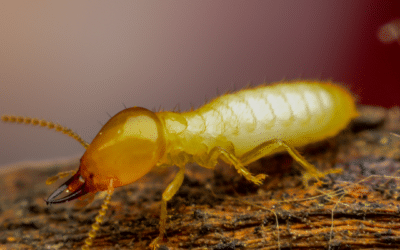
Did you know? Texas has one of the highest termite incident rates in the United States! Termites are one of the most destructive pests in the world. Each year, they cause upwards of $5 billion dollars of damage nationally. Although there are hundreds of species of termites, they all share the common trait of feeding on cellulose found in wood, grass, and other pulpy substances. Unfortunately, most homes are built with termite food sources. Typically the food source is hidden behind the walls.
According to the Texas A&M Agrilife Extension Agency, an unprotected home in Texas has about a 70 percent probability of suffering termite damage within 25 years. We don’t like those odds. Here at 855Bugs, we have the experience and expertise needed to prevent termites from setting up shop in your home and the ability to help eradicate them when they do.
All (and probably more than) You Need To Know
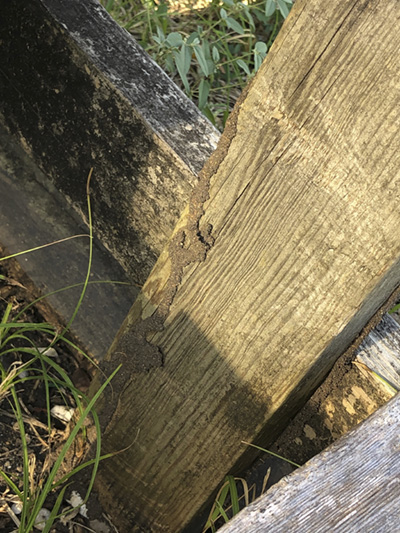
Termites are part of the Isoptera Order of insects, literally meaning “equal wings.” There are three distinct types of termites in Texas, drywood, dampwood, and subterranean termites. The main differences are in colony locations, size, and feeding habits.
Drywood termites don’t need as much moisture as their counterparts. They can colonize directly in non-decayed wood (like the wood in our houses). Their colonies are usually smaller, but they can still inflict a great deal of damage. Unlike subterranean termites, these critters will eat wood with lower moisture content. They eat across the grain of the wood–this translates to a greater likelihood of structural compromise.
Dampwood termites, the largest of the bunch, are mainly found in the southwest regions of the state. They typically don’t have contact with the soil, preferring damp, rotted wood.
As the name implies, subterranean termites typically colonize underground. They can grow in much larger numbers than their cousins. These are the culprits responsible for the mud tunnels around a home’s foundation.
The lifecycle of termites
Stages of termite life include egg, larvae, and then branching off into their role as a worker or swarmer. The winged swarmers are the only termites with functional vision and are responsible for choosing new locations to develop new colonies. Swarmers wait until the day after rain, preferably with overcast skies and little wind, take flight, and find mates. After finding a mate, they shed their wings and start a new colony. The queen continually grows and lays more eggs each year. The king keeps eggs moist and protected and helps feed the newly hatched larvae. Termite queens can live upwards of thirty years, and a mature colony with a million plus termites can produce thousands of swarmers.
Termite Jobs
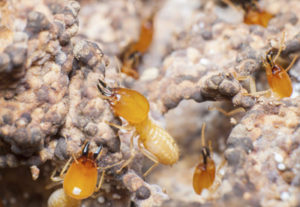 Besides the reproductive swarmers, there are termite workers and soldiers. The worker is the termite most responsible for damaging the wood. The non-reproductive worker forages for cellulose, and subterranean workers dig tunnels and build mud tubes that serve as highways for the colony between their home and various food sources. The worker is also responsible for feeding larvae and another kind of termite within the colony, the soldier. Soldiers exist to defend the colony from other termites and ants, cannot feed on their own, and are easy to distinguish from other termites with their large heads and mandibles. Soldiers make up a small portion of the colony, and, when their numbers grow too large, the workers will kill and eat them to free up resources needed elsewhere in the colony.
Besides the reproductive swarmers, there are termite workers and soldiers. The worker is the termite most responsible for damaging the wood. The non-reproductive worker forages for cellulose, and subterranean workers dig tunnels and build mud tubes that serve as highways for the colony between their home and various food sources. The worker is also responsible for feeding larvae and another kind of termite within the colony, the soldier. Soldiers exist to defend the colony from other termites and ants, cannot feed on their own, and are easy to distinguish from other termites with their large heads and mandibles. Soldiers make up a small portion of the colony, and, when their numbers grow too large, the workers will kill and eat them to free up resources needed elsewhere in the colony.
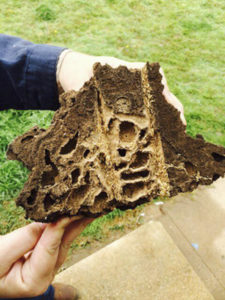 Termite workers can develop into soldiers, they can begin to grow wing buds to begin the process of becoming reproductive, and can even molt into the primary reproductive swarmers that develop wings and eyes in order to start new colonies. The reproductive nymphs can also regress back to worker form as needed for the well-being of the colony. Termite reproduction is classified into three categories, primary reproductives like swarmers, who can leave the colony and start new colonies, secondary reproductives with wing buds like nymphs (who can molt into primary reproductives), and tertiary reproductives with no wings or wing buds who can supplement egg production when needed.
Termite workers can develop into soldiers, they can begin to grow wing buds to begin the process of becoming reproductive, and can even molt into the primary reproductive swarmers that develop wings and eyes in order to start new colonies. The reproductive nymphs can also regress back to worker form as needed for the well-being of the colony. Termite reproduction is classified into three categories, primary reproductives like swarmers, who can leave the colony and start new colonies, secondary reproductives with wing buds like nymphs (who can molt into primary reproductives), and tertiary reproductives with no wings or wing buds who can supplement egg production when needed.
How to Prevent, Spot, and Eliminate Termites
Like many pests, the best defense against termites is a good offense. For termites, store wood away from structures. Preferably off the ground, with proper drainage. Remove dead trees, piles of brush, trash, or other materials. Maintain shrubbery growth and ensure you have no areas of standing water. Common moisture spots are around air conditioning units, gutter spouts, and faucets. Inspect the exterior of your home for cracks, holes, or crevices that small insects or animals can use to infiltrate your living space. These should be sealed and repaired as quickly as possible.
 Chemical Barrier
Chemical Barrier
As much as these best practices will help to prevent termites and other pests from entering your home, often times it is not enough. The only way to ensure that termites and other pests will not make it into your home is to create a chemical barrier through which they cannot pass. That’s where the pros at 855Bugs come in. We have preventative treatments for existing homes, as well as pre-construction treatments that will keep a new home termite free for years to come.
We also have methods to take care of existing infestations and welcome you to give us a call to schedule a free inspection. If you are wondering whether or not you have termites, we can assist with that as well. Termites can be difficult to detect during most parts of the year. Their swarming season depends on the weather but is generally between late February and September across Texas. Swarming termites leave evidence of infestation by seeking sources of light, and, if you see a winged termite on your window sill, there’s a good chance you have termites in your home or in very close proximity to it. You may see small tubes of mud along your foundation or exterior siding.
Schedule your termite service
There are no bones about it! It can be hard to know whether the termites you see in your yard have made their way into your home. Our technicians know what to look for and will do so thoroughly. The stakes are high when it comes to termite prevention, and we want to help you protect your home. Contact us today with any questions, whether it’s about termites, our Don’t Bug Me Plan, or pest control in general. We’d be happy to come take a look during our FREE INSPECTION and provide you with some peace of mind.
Get in touch now: 855-284-7266

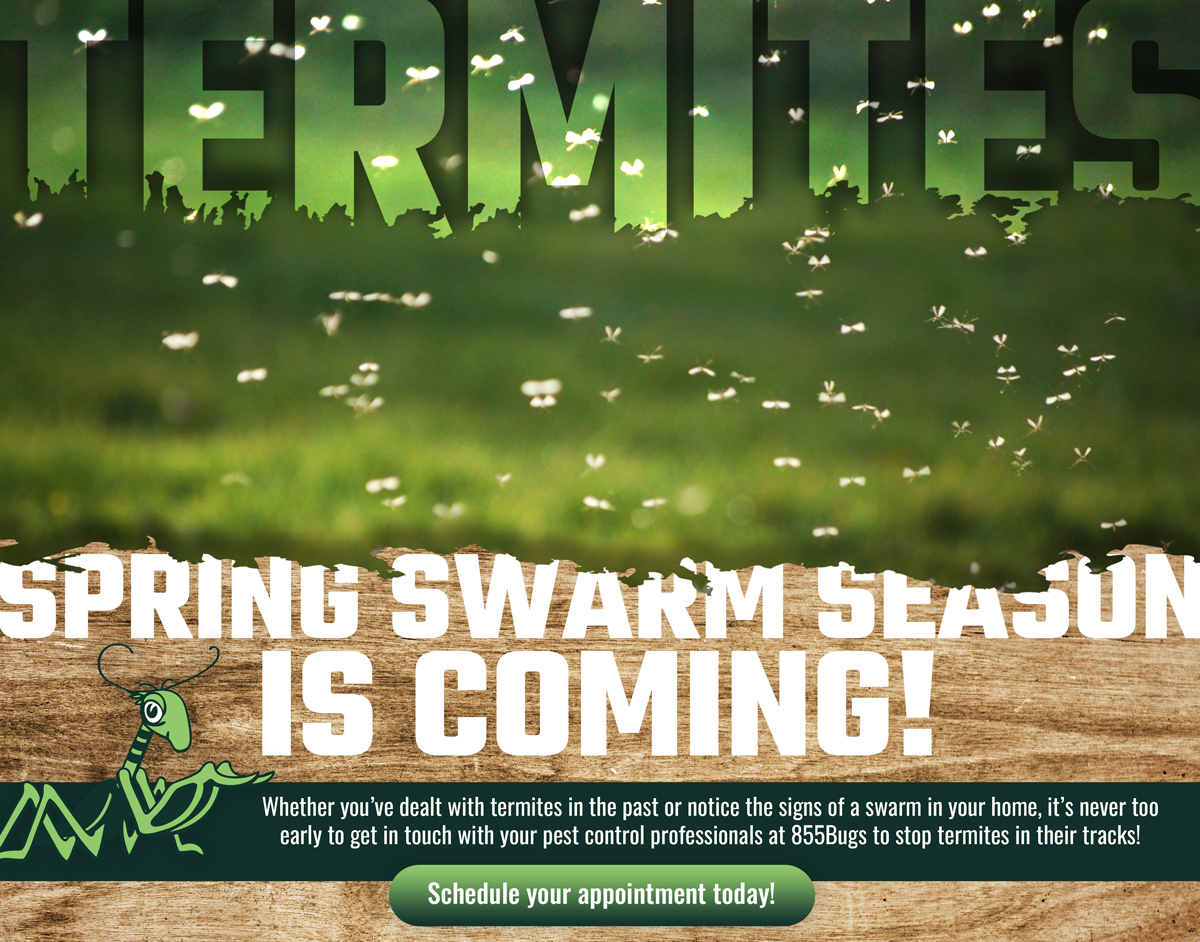
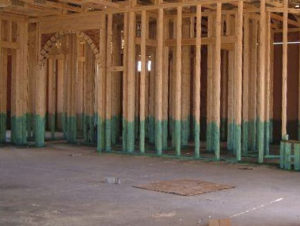 Chemical Barrier
Chemical Barrier